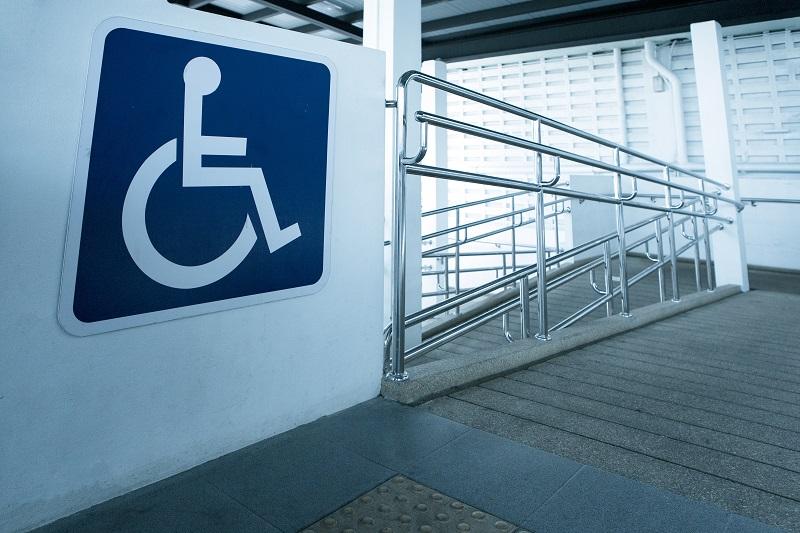Understanding accessibility legislation
Creating barrier-free communities, workplaces, and services to help advance accessibility for people is essential to ensure all Canadians have the ability to fully take part in our society. According to Statistics Canada (2017), 22 per cent of Canadians over the age of 15 live with a disability that limits everyday activity. Providing facilities that are barrier-free is good business but increasingly it is also the law.
Unfortunately, there is much confusion among property owners and building professionals regarding specific compliance standards or regulations. This short article summarizes the major Acts and Regulations in Canada that need to be understood in order to make informed decisions about accessibility.
The Federal Accessible Canada Act (ACA)
Bill C-81, also known as the Accessible Canada Act (ACA) came into effect July 11, 2019, with the goal to create a barrier-free Canada by 2040. According to the Government of Canada, “[this] legislation benefits all Canadians, especially persons with disabilities, through the proactive identification, removal, and prevention of barriers to accessibility in seven priority areas.” This includes ensuring those with disabilities can move freely around buildings and public spaces. The Act has the following seven principles:
- Everyone must be treated with dignity;
- Everyone must have the same opportunity to make for themselves the life they wish to have;
- Everyone must be able to participate fully and equally in society;
- Everyone must have meaningful options and be free to make their own choices, with support if they desire;
- Laws, policies, programs, services, and structures must take into account the ways that different kinds of barriers and discrimination intersect;
- Persons with disabilities must be involved in the development and design of laws, policies, programs, services and structures, and;
- Accessibility standards and regulations must be made with the goal of achieving the highest level of accessibility.
The Accessible Canada Act defines the employer’s responsibility of compliance, but it does not mandate any specific standard or design requirement.
Provincial Acts
In 2005, Ontario was the first province to issue accessibility legislation. This Act became the precursor to the Federal ACA and most provinces now have equivalent legislation. Under the Accessibility for Ontarians with Disabilities Act (AODA), the Ontario government is responsible for creating accessibility standards that organizations must follow. The goal here is to make the province more accessible and inclusive by 2025, through the development and enforcement of accessibility standards. These standards look at five areas of daily life:
- Provides goods, services or facilities;
- Employs people in Ontario;
- Offers accommodation;
- Owns or occupies a building, a structure or premises;
- Plays a part in a business or other activity that the regulation may identify.
The design of public spaces standard helps organizations make both new and redeveloped outdoor public areas accessible, eliminating and preventing any physical or architectural barriers. The customer service standard helps remove barriers for people with disabilities so they can fully and equally access goods, services, or facilities as compared with able-bodied people. By following the five standards outlined in the Act, organizations will become more accessible.
Once again, AODA in Ontario and the equivalent legislation in provinces across Canada, define the employer’s responsibility of compliance, but it does not mandate any specific standard or design requirement
CSA Group / Standards Council of Canada B651-18
In 2018, National Standard of Canada in combination with Canadian Standards Association published the B651-18 Accessible design for the built environment. The technical requirements in the B651-18 standard cover design aspects of physical spaces and the elements within to help ensure that they are accessible to people with different abilities and disabilities. The 2015 edition of the National Building Code (NBC) references certain clauses of the CSA B651 as providing an acceptable alternative to the accessible design requirements in the NBC.
The standard supports the principles of “Universal Design” as it applies to the built environment, designing environments that can be accessed, understood, and used to the greatest extent possible by all people regardless of their age, size, ability, or disability. The B651-18 standard also provides specific property and building requirements that owners, engineers, architects, building officials, and contractors can rely upon when designing or assessing facilities.
Rick Hansen Foundation Accessibility Certification (RHFAC)
The Rick Hansen Foundation Accessibility Certification (RHFAC) is a national rating system that measures and certifies the level of meaningful access of buildings and sites. The RHFAC was designed to exceed all provincial and national requirements, considering the needs of people with a variety of disabilities including physical, sensory, and cognitive impairments.
The standard also aims to make the built environment accessible to people with mobility impairments, visual impairments, hearing impairments and cognitive impairments, considering more than just physical barriers. This includes lighting, signage, acoustics, visual alarms, and communication devices.
With a RHFAC rating, building owners and operators can better understand their physical accessibility performance, know where they can improve, and learn where barriers exist for their community, customers, or employees. The Rick Hansen Foundation voluntary rating system was created so that all provincial, state, and federal regulations are incorporated into one system. This feature makes the system attractive to organizations managing national or multinational property portfolios.
Can Cion Help?
Compliance to accessibility requirements is the responsibility of the property owner, however, it is often poorly understood by the AEC industry. If you don’t know whether you are in compliance, Cion can provide benchmarking services, using an RHFAC Accessibility Assessment or other tools, to provide an understanding of how your facility rates in accessibility. This review can become the basis for a multi-year strategy for accessibility improvement. Whether it be to meet existing acts, codes, and standards or to prepare for the upcoming Federal 2040 compliance goal to create a barrier-free Canada, Cion can help. Cion is proud to expertly design spaces and provide solutions that not only meet the requirements of the legislated acts, codes, and standards, but also provide custom solutions that maximize the project benefits to the Owner.

